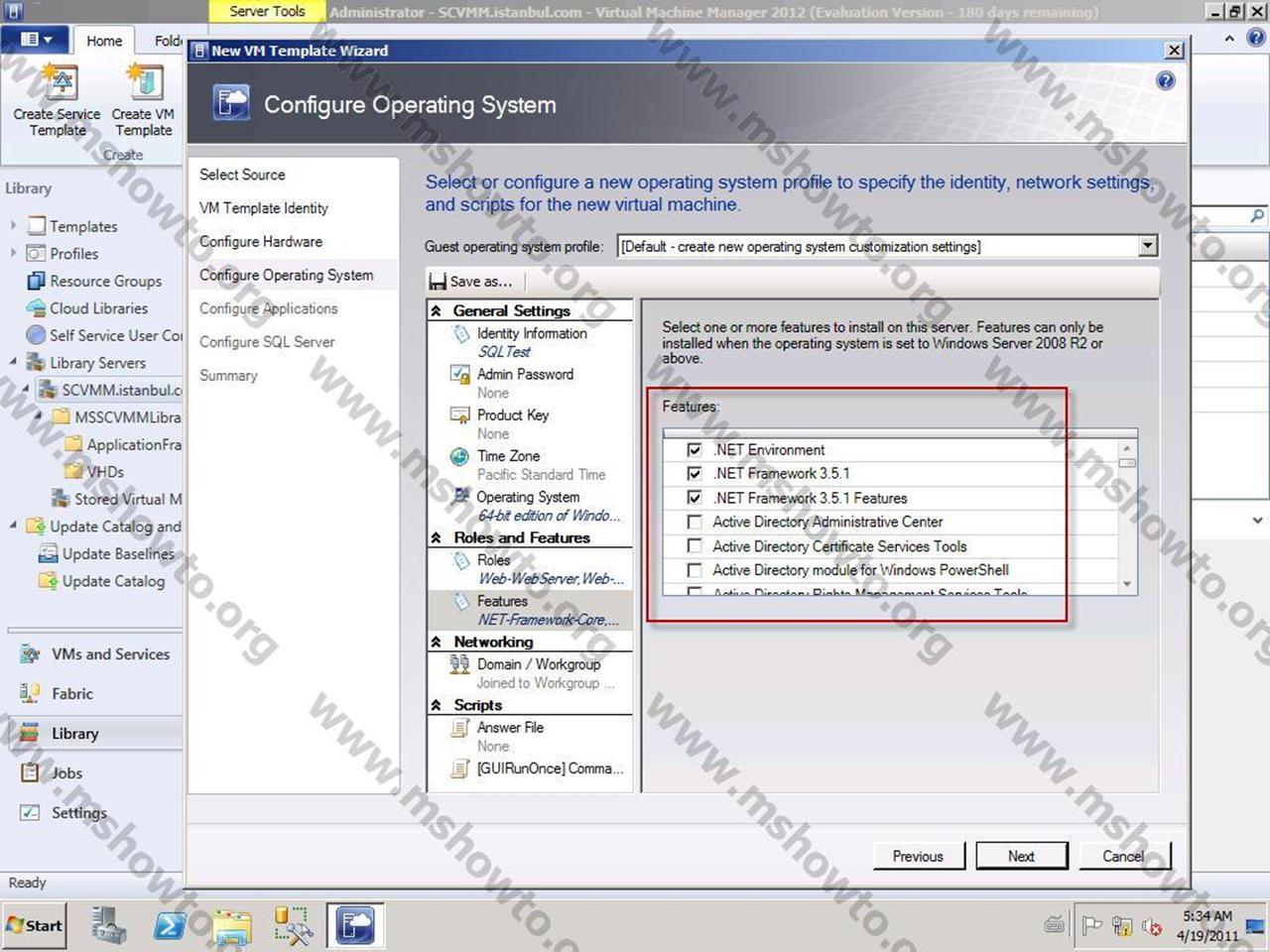

Var blob = container.GetBlockBlobReference(blobFileName) Var container = blobClient.GetContainerReference("techblobcontainer") Var blobClient = storageAccnt.CreateCloudBlobClient() String blobFileName = storageAccnt = CloudStorageAccount.Parse(storageAccntConnection) String storageAccntConnection = "please enter your storage account connection string here"
Itimer virtual exmaple code#
Remove the default code inside the Run() method and copy the code from the previous article as shown below. Log.LogInformation($"C# Timer trigger function executed at: ") Public static void Run(TimerInfo myTimer, ILogger log) Select Timer trigger from available function types and enter schedule value as “*/5 * * * * *” to run the schedule the function to run for every five seconds.īy default, it contains below code. Open Microsoft Visual Studio 2019 => Create New Project and search for Azure Functions, name it as “AzureTimerTriggerFuncExp”.
Itimer virtual exmaple how to#
Today, we discuss how to create the Azure function by using Microsoft Visual Studio with the same example. If the page name or the traffic segment is not known when the start() call is made, then the Unique Key Implementation should be used instead.In my previous article, we discussed how to create Azure Timer Trigger Function directly in the portal. In the standard implementation of custom timers, the page name and traffic segment values will be available when the start() call is made.

These two different implementation options are detailed below. The argument for the start, update, and end methods is an object in JSON format that either contains (1) the page name and traffic segment or (2) the unique key.


The start, update, and end methods are tied together by passing through the certain arguments. The amount of time (in milliseconds) elapsed between the update() and start() call will be recorded as the virtual Time to DOM Interactive. There is an additional, optional API call in the btt.js that can be called to record the timing of a virtual Time to DOM Interactive. If a start() call is fired without the end() call, then no virtual page turn will be recorded. The amount of time (in milliseconds) elapsed between the end() call and the start() call will be recorded as the virtual onload time. These two calls are required to capture a virtual page load in the Blue Triangle portal. There are two API calls in btt.js that can be called to create the timing for a virtual page load. Using custom timers, the site can send Blue Triangle a virtual onload time that represents the overall time it took to load the content on the virtual page turn. Blue Triangle provides a few default methods to monitor these virtual turns, but custom timers are available for specialized methods to capture the virtual turn.
Itimer virtual exmaple full#
Since they create content on a page dynamically instead using full page loads to render content, Blue Triangle refers to the updating of content after an action takes place as “Virtual Page Load” or a soft page turn. Single page applications (SPA) and hybrid web apps load the page from a server once and then use network requests to rewrite content on that page. Below is the standard tag that should be added to the single page application. Implement the Blue Triangle tag on your single page application as usual.


 0 kommentar(er)
0 kommentar(er)
